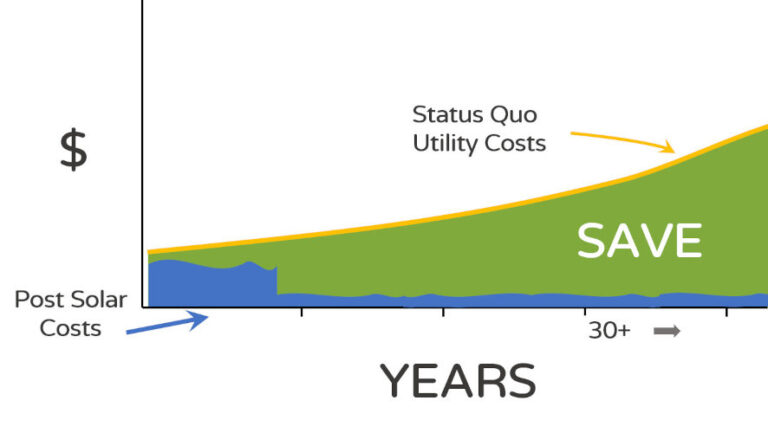Solar Panels Must Deliver Lifelong Satisfaction
The Right Choices Effectively Balance Performance and Cost

- Production – Your investment depends on how much electricity you can produce day after day, year after year.
- Reliability – Not all solar panel designs are durable across the wide range of New England weather conditions.
- Brand Reputation – Performance and reliability is proven over decades and reinforced by top warranties.
- Economics – Choosing the best solar panel designer and manufacturer considers the combination of lifetime cost as well as best performance under real world considions.
We Design with Two Proven Panel Manufacturers
Solaria’s high-output solar panels deliver maximum energy production in a streamlined, all-black design that complements your home’s architectural style. With more than 20% more energy per square meter than traditional solar panels, Solaria’s advanced PowerXT® solar panels pack maximum power into minimum space for industry-leading efficiency.
The Utility Meter
A solar energy installation in Massachusetts requires a special utility meter in order to connect to the power grid. The two-way device allows the power company to track and communicate to the homeowner both the net energy supplied by the utility and the net solar energy the ratepayer sends back to the utility.
This meter is essentially a gate-watcher of power moving through it. A couple of examples help explain its purpose:
- If a solar energy system is producing 50% of what the household needs at a given moment, the meter simply registers a lower demand or supply from the utility.
- If a solar energy system is producing in excess of what the household needs at a specific moment, the meter tracks the power (in kWh) the home is sending back to the grid.
This net energy tracking is vital for the solar system owner to be properly compensated for the total balance of energy purchased and generated from their rooftop after time. To see more about this incentive and how a homeowner saves with solar, visit our Residential Solar Incentives page.
Monitoring System Performance
Because a solar energy system can supply a home directly and offset the power drawn from the grid, the utility meter will not tell the full story.
The good news is SunRa Solar designs systems that make it easy to offer effective and easy to use system monitoring software. The owner would be able to instantaneously sample performance independent of what is flowing through the meter. System monitoring is powerful not only for personal tracking, but it is instrumental in confirming long term performance and can help to diagnose a problem, should one occur.




